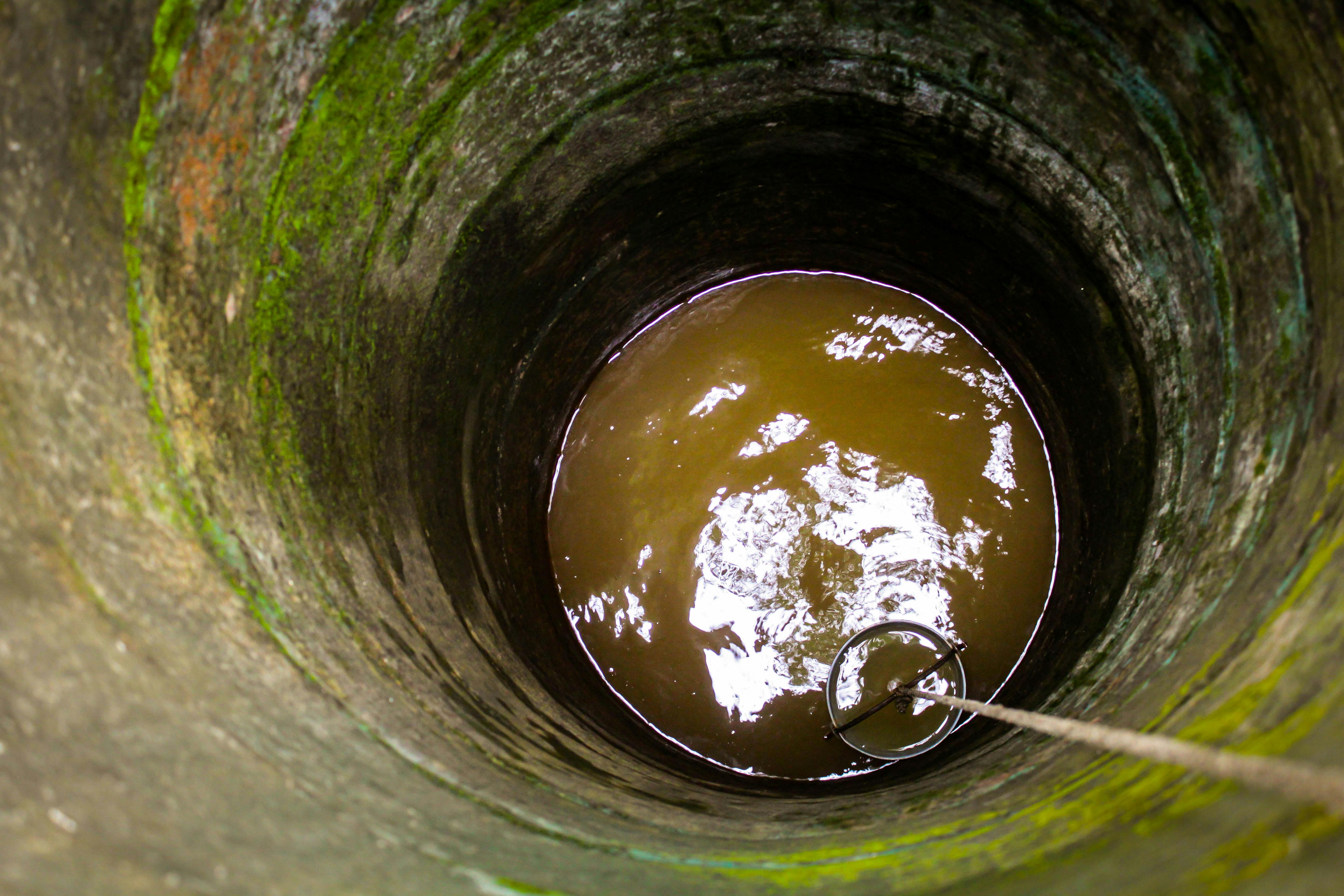Free Call (470) 239-0438
Call Us Now 24/7 Call Support
Our Location
Jasper, Georgia, United States
Contact Us On
Proudly Serving Pickens and Surrounding Counties
Free Call (470) 239-0438
Call Us Now 24/7 Call Support
Our Location
Jasper, Georgia, United States
Contact Us On
Measuring well water levels is critical in ensuring a stable water supply, avoiding over-extraction, and sustaining groundwater. With advancing technology, new techniques have been developed to improve accuracy, efficiency, and reliability. For agricultural, industrial, or residential purposes, contemporary well measurement services provide advanced solutions to monitor and manage water resources efficiently.

One of the most sophisticated techniques of monitoring well water levels is through digital sensors. These are capable of giving real-time information, without the need for people to actually measure. With remote monitoring abilities, the users are able to view their well data on smartphones or computers, so interventions can be made on time as necessary.Companies such as Pinnacle Well Measurement Solutions offer services in putting such technologies into easily usable platforms.
Ultrasonic and acoustic sensors are passive instruments that measure well water levels without invasively entering the well. The instruments shoot sound waves down the well and analyze the time taken for the waves to return, providing precise depth measurements. The method is specifically applicable in deep wells and lowers the demand for physical entry inside the well, enhancing efficiency as well as safety.
Pressure transducers can be utilized to obtain the water level from hydrostatic pressure at some depth.The transducers are installed below water within the well and can provide ongoing, extremely accurate readings. They find extensive use in industrial processes and can be coupled with different formula calculations for measuring wells to determine water availability.
The use of the Internet of Things (IoT) and satellite technology for well water monitoring is revolutionary. IoT devices supply real-time data to cloud computing systems, allowing remote analysis and predictive maintenance. The system also allows for easy monitoring of long-term trends and making informed decisions on water conservation.
While digital solutions dominate, analog techniques like electric water level meters and steel tape measurements remain applicable. These, however, have been upgraded using improved materials and automated recording technology to enhance precision and convenience.
The evolution of well measurement services has transformed the means of monitoring water levels in wells. From electronic sensors to Internet of Things-based solutions, the technologies guarantee efficient water management and conservation. Entities such as Pinnacle Well Measurement Solutions are keeping these technologies alive, offering quality and innovative methods of monitoring and maintaining water sources. By implementing these technologies, individuals and entities can guarantee safe and sustainable usage of water resources and avoid potential shortages. For more information on how to implement these solutions for your well, explore the latest services and technologies offered by leading experts in well measurement.